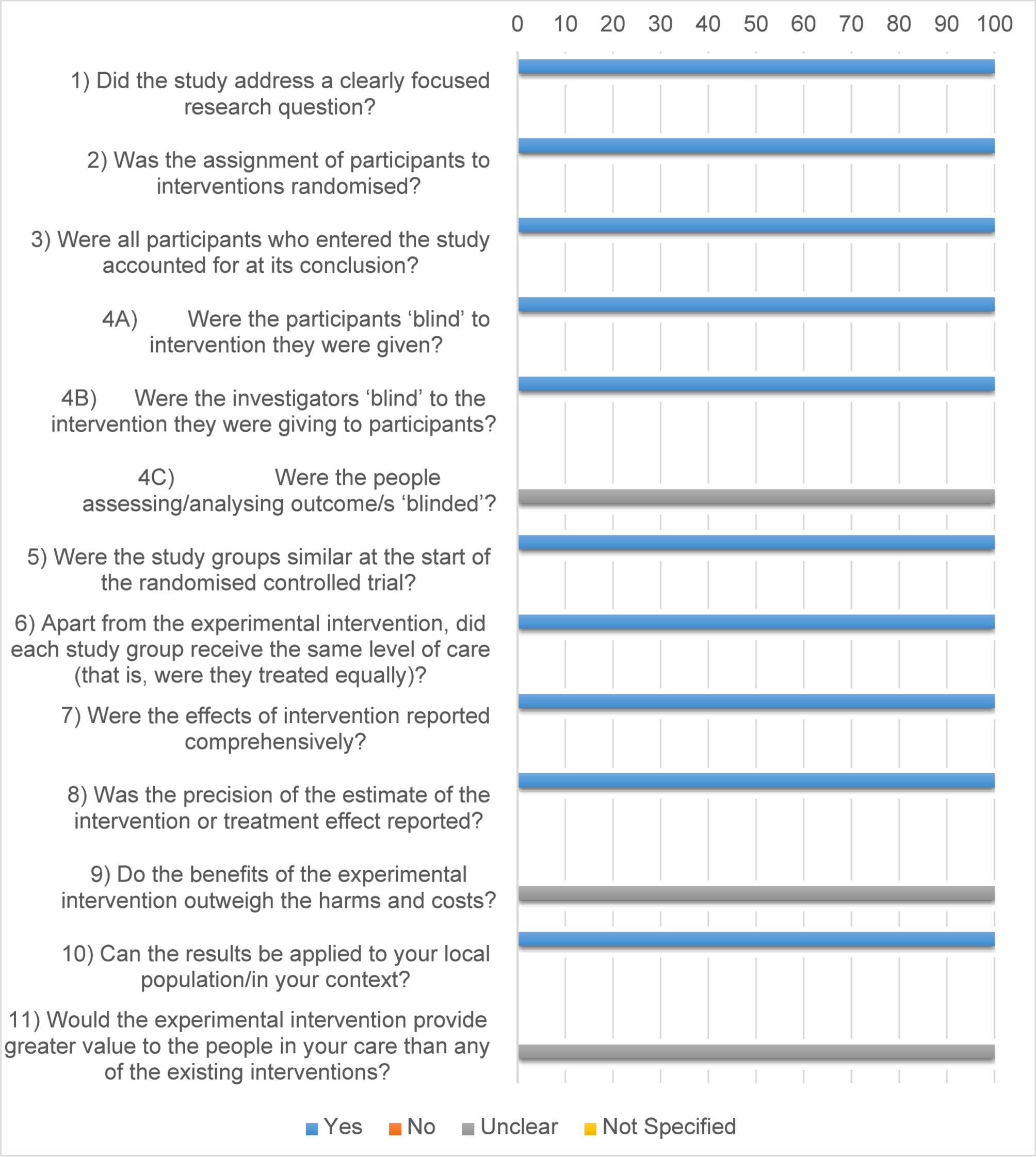U.S. tennis star Coco Gauff breezed into the semi-final of the 2025 Wuhan Open with a straight-sets win over Germany’s Laura Siegemund on Friday (10 October).
The world No.3 dominated the match, taking the first set, 6-3 and shutting out…

U.S. tennis star Coco Gauff breezed into the semi-final of the 2025 Wuhan Open with a straight-sets win over Germany’s Laura Siegemund on Friday (10 October).
The world No.3 dominated the match, taking the first set, 6-3 and shutting out…

Strimbu K, Tavel JA. What are biomarkers? Curr Opin HIV AIDS. 2010;5(6):463–6.
Google Scholar
Bodaghi A, Fattahi N, Ramazani A. Biomarkers. Promising and valuable…

The Guardian has independently confirmed that reductions in force (RIFs) are under way at the following departments and agencies:
Department of Education
Department of Health and…

Canadian brand PSB has launched new wall-mounted speakers and a new subwoofer. Need a new home cinema system? This could be the answer.
The PWM Sat On-Wall Speaker (to give it its full name), is the most compact in the brand’s PWM Series. It…

Metatranscriptomic sequencing is a highly demanding yet complete approach, making the optimization of every step essential, particularly for RNA extraction. In this study, we focused on respiratory samples, specifically bronchoalveolar lavage…

Anna Hall and Sander Skotheim have been confirmed as the winners of the 2025 World Athletics Combined Events Tour, which rewards their season-long consistency in the heptathlon and decathlon, respectively.
The Combined Events Tour takes each…

Arbovirus dynamics depend on vectorial capacity, human habitats, migration of humans and vectors, and public health capacities. Viral infections like dengue, chikungunya, Zika, yellow fever, and Oropouche have emerged and re-emerged in complex…

Islamabad, Pakistan – A series of explosions and bursts of gunfire rattled Afghanistan’s capital late Thursday evening, according to local media. The cause of the blasts and the extent of casualties remain unclear.
Taliban government spokesman…

This systematic review examines the relationship between ceftriaxone therapy and cholelithiasis in pediatric patients, synthesizing findings from 11 studies conducted in different countries, including Japan, Switzerland, Turkey, the USA, and…

Jonny Humphries
BBC News
Manchester City flags in memory of Hatton are flying outside the pub where the funeral cortege will begin its journey.
The procession…